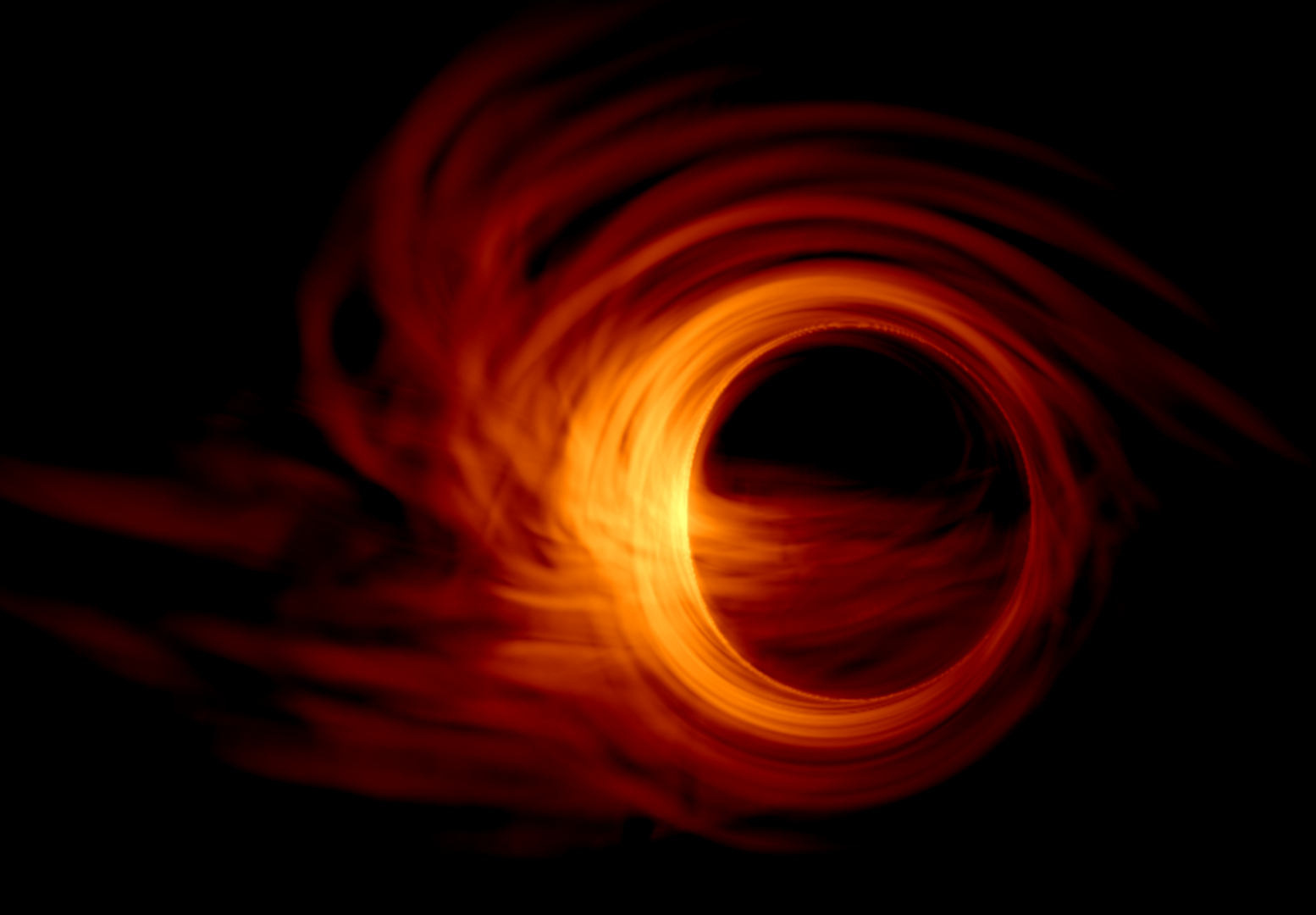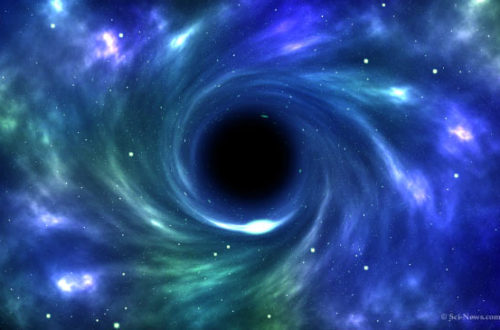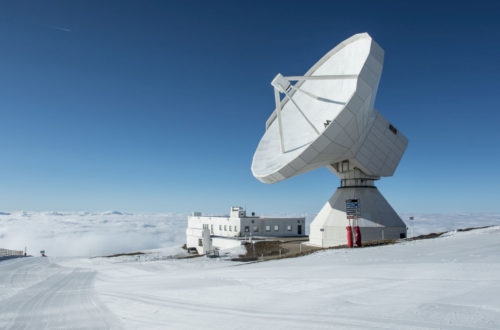or How to detect high energy γ rays
Radiation is being produced all over the universe. This radiation can either be observed by detectors on the surface of the Earth or be absorbed by the atmosphere. As Figure 1 demonstrates, radiation at radio wavelengths and visible light can reach the terrestrial observatories located around the globe. However, infrared, X rays and γ rays cannot travel through the atmosphere and space satellites are required in order to detect them. Since the onset of space missions in the 60s and 70s, satellites have surveyed the whole sky from infrared energies up to GeV γ rays (1GeV = 10^9 eV). However, in order to detect more energetic radiation such as TeV γ rays (1TeV=10^12 eV), the satellites require a much larger detecting surface and different technique. Unfortunately, the bigger the satellite, the more power is required to launch it. The more power required to launch the satellite, the more expensive or even impossible the mission becomes! How can we avoid the need for such expensive missions? There is only one option. We have to find new ways to detect these γ rays!
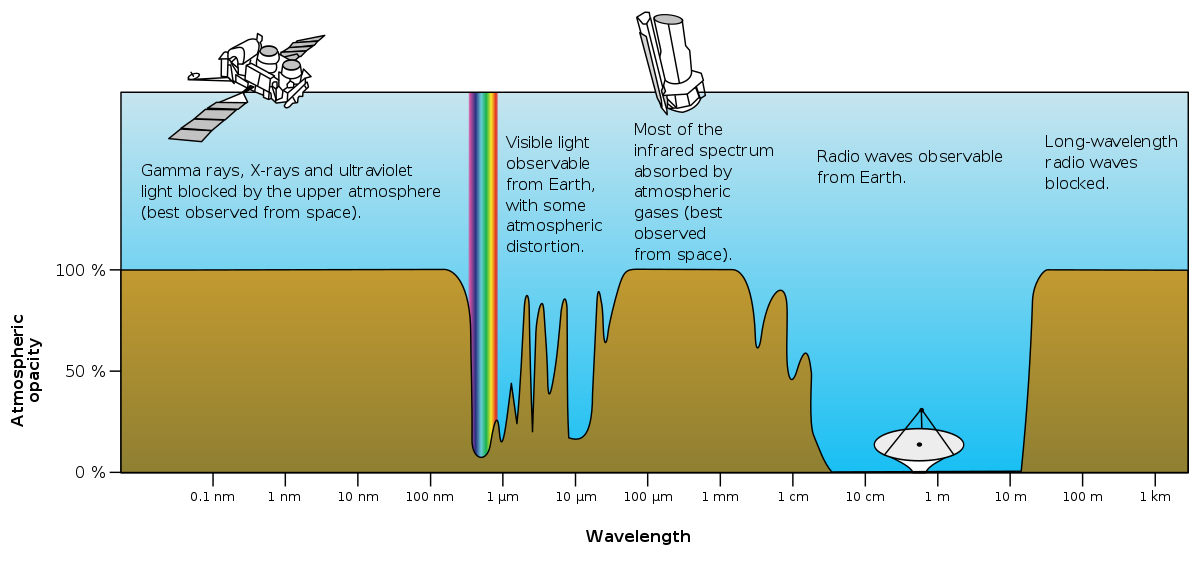
Fortunately, people have been very creative and inventive and have developed a new technique to detect even the more energetic radiation created in the Universe, namely TeV radiation. This Technique is called the Imaging Atmospheric Cherenkov Technique or IACT. The IACT technique is based on Cherenkov radiation.
What is Cherenkov radiation and how is it produced? When a charged particle travels through a medium with a speed higher than the speed of light in this medium, or in other words, when β > 1/n where β = v/c is the speed of the particle over the speed of light and n is the refractive index of the medium, a cone of radiation is produced as shown in Figure 2. This radiation was first detected by Pavel Cherenkov in 1934 and thus it’s named after him. For his discovery, Pavel Cherenkov was awarded the Nobel prize in 1958.
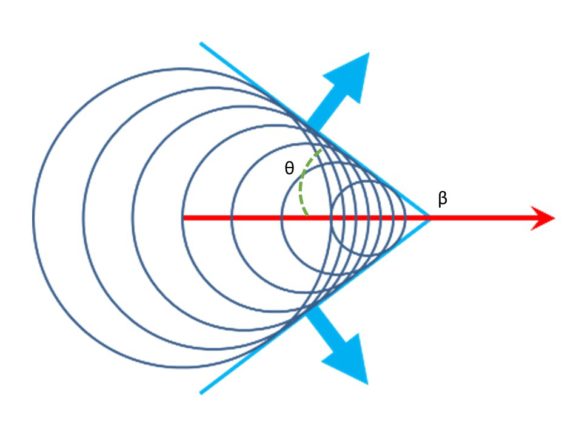
But how is this related to astronomy?
When a γ ray photon reaches the upper limit of the atmosphere, it collides with the molecules and initiates an electromagnetic shower – the γ ray photon produces an electron and positron, which also interact with the medium and produce photons. These photons will, in turn, interact with the medium and produce electrons and positrons that will, in turn, interact with the medium… This process will go on until the products have no more energy to produce new particles. The electrons/positrons that are produced are charged particles and initially travel with a velocity higher than the speed of light in the atmosphere. Thus, they produce Cherenkov radiation that is projected onto the ground as shown in Figure 3. By using one telescope, or an array of many telescopes, this radiation is now detectable in the optical band. By measuring the opening angle of the Cherenkov cone, one can estimate the energy of these particles and thus, derive the energy of the primary γ ray.
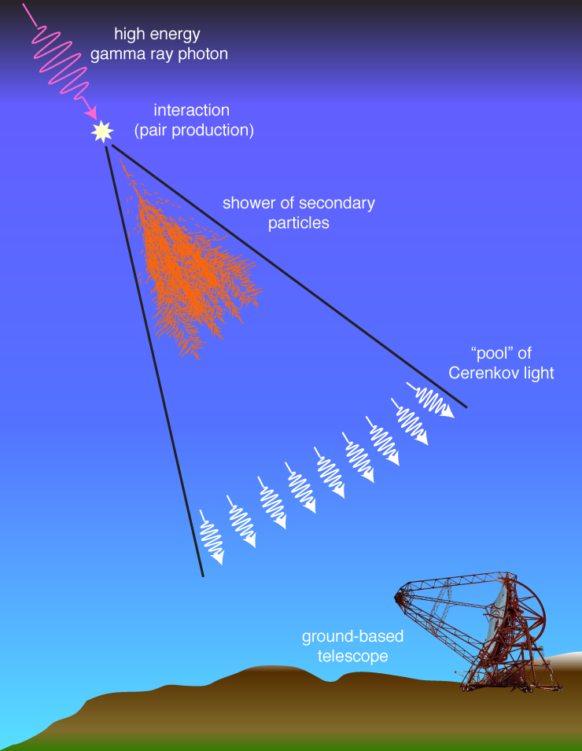
To summarize, scientists have developed a new technique so as to detect TeV γ rays in an indirect way by using arrays of optical telescopes. One downside of this technique is that more than one detectors are required in order to be able to calculate the direction of the Cherenkov radiation and its intensity. But still, scientists have managed to take a further step in TeV astronomy and obtain a better understanding of the most energetic radiation produced in the Universe.
My research is closely related to this field because it focuses on the interpretation of these TeV detections, as well as the prediction of possible new TeV sources that could be detected by future, more sensitive TeV telescopes.

